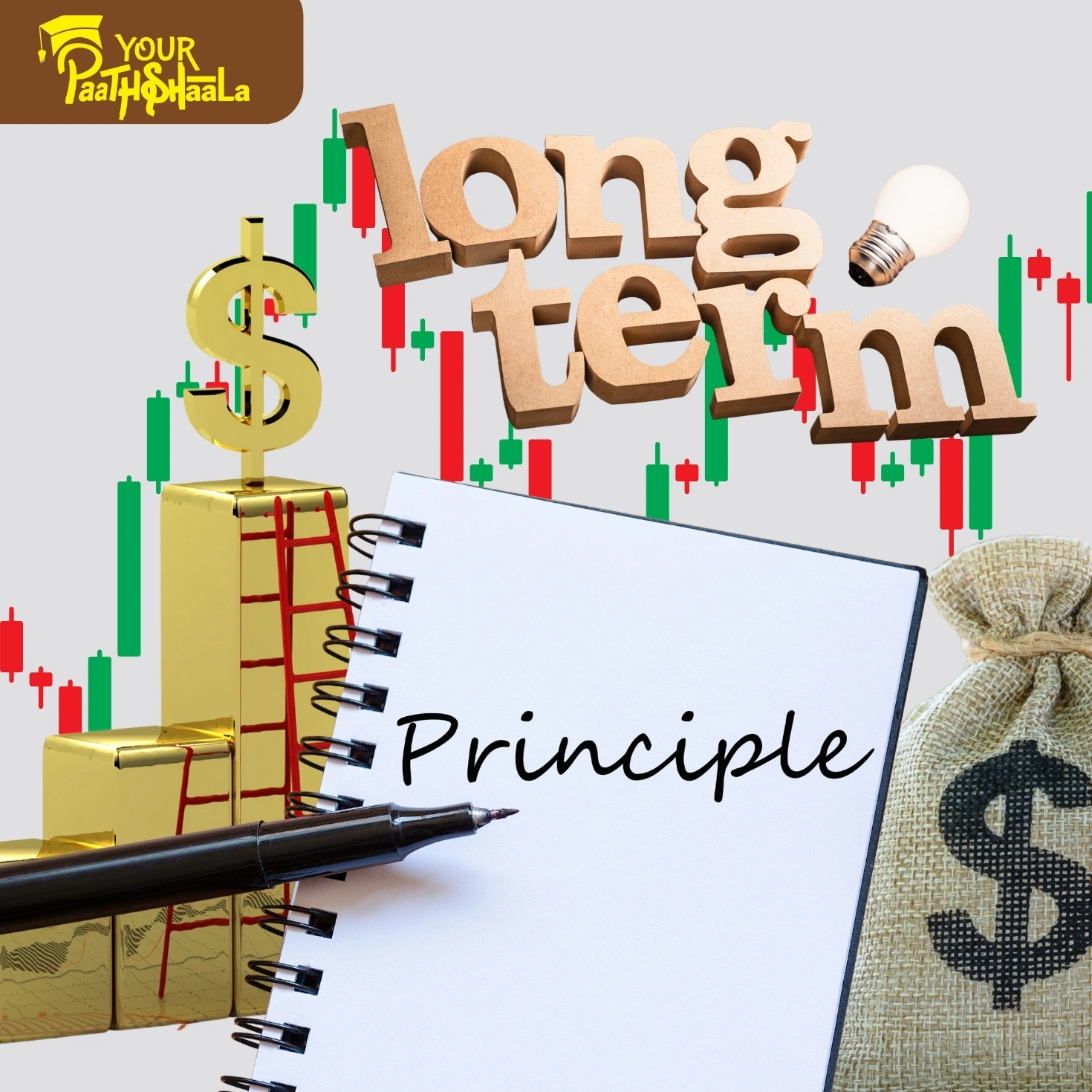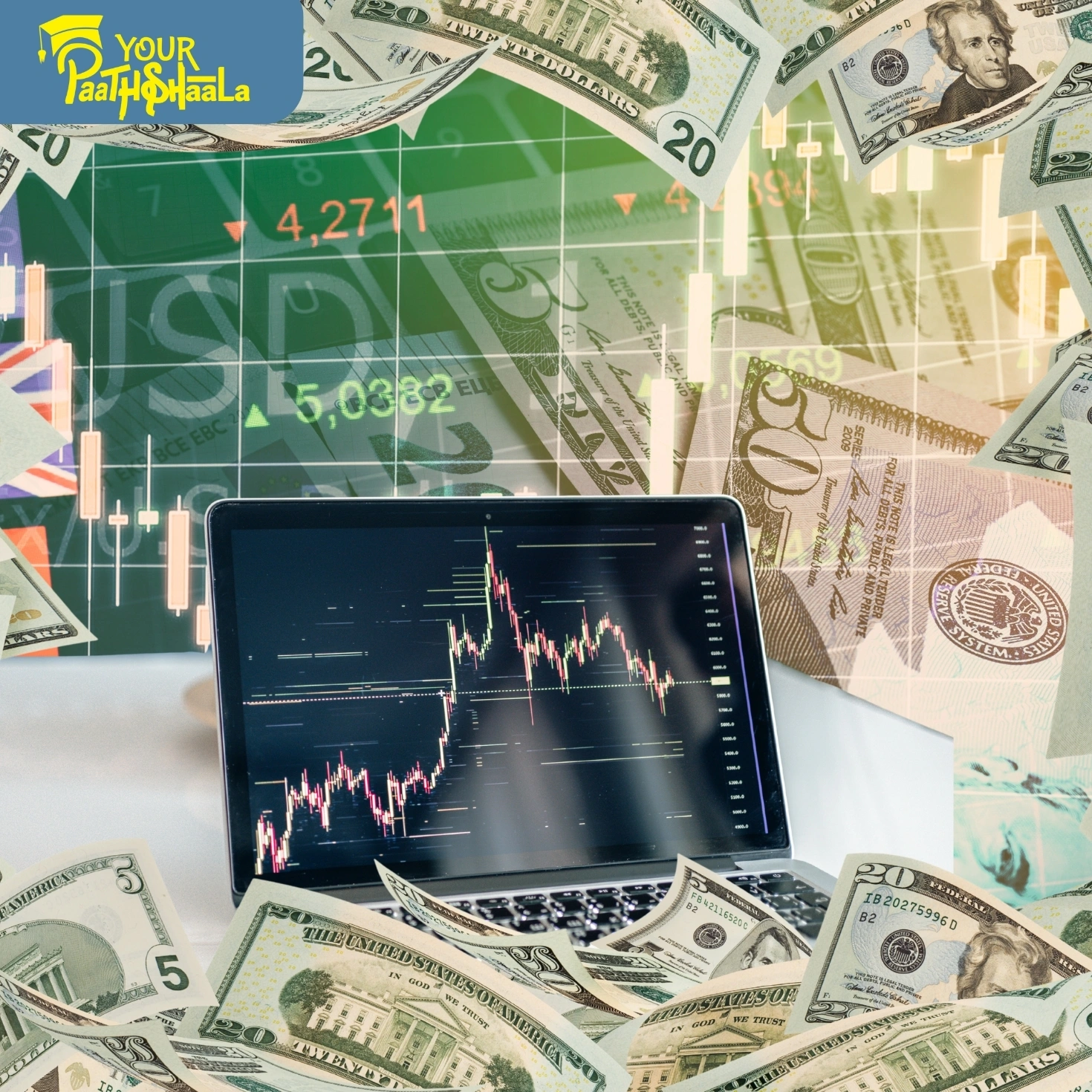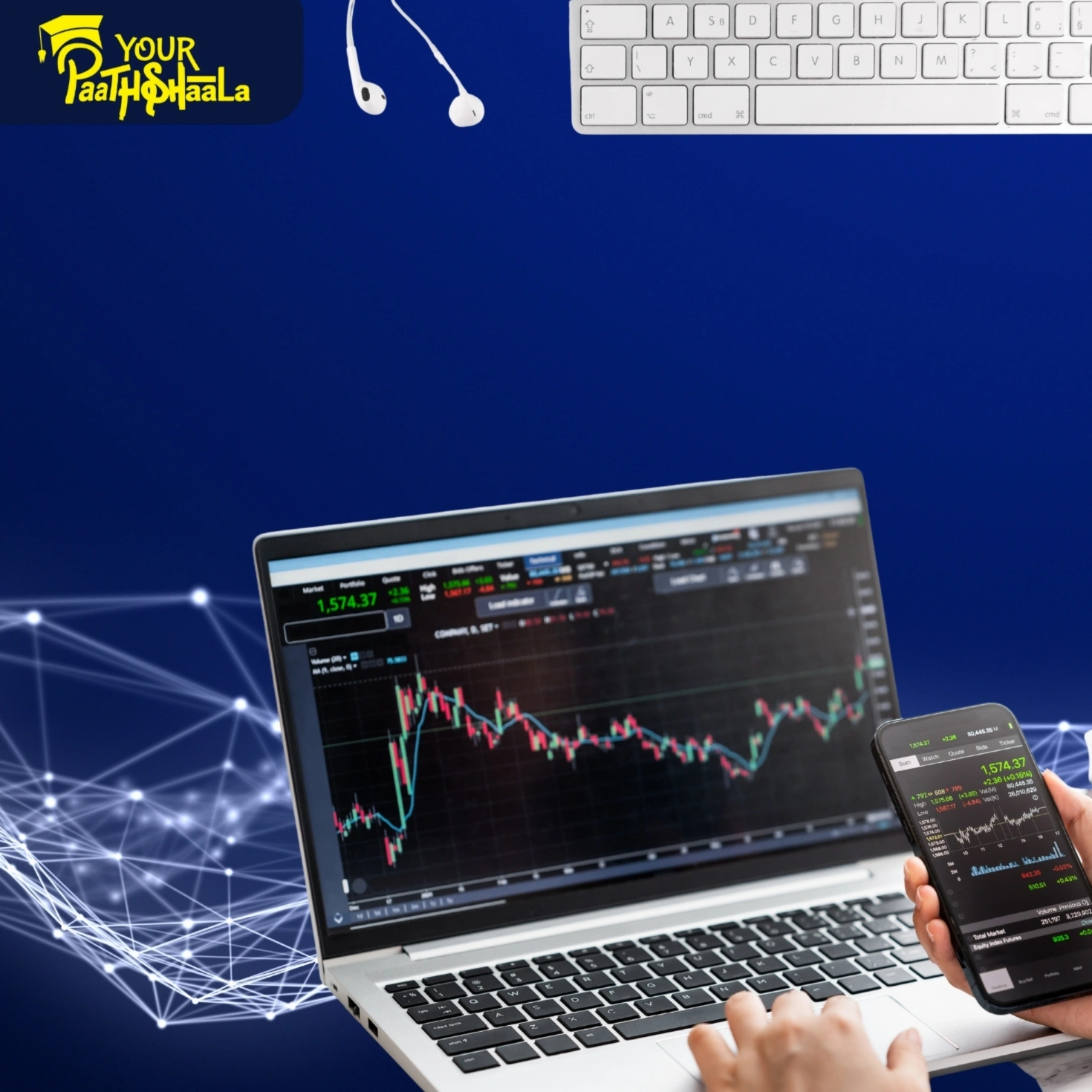Understanding What Are Derivatives?: Futures and Options Explained for Modern Investors
Derivatives like futures and options are powerful financial instruments that play a crucial role in today’s markets. Whether you’re looking to hedge your portfolio against risk or speculate on price movements, understanding these tools can give you a significant edge. However, because derivatives are complex, they require careful analysis and a solid grasp of their mechanics before you dive in.
In this easy-to-read guide, we’ll break down what futures and options are, how they work, their uses in trading strategies, and what you need to keep in mind as an investor in 2025.
What Are Derivatives?
A derivative is a financial contract whose value is based on (or “derived” from) the price of an underlying asset. The underlying asset could be anything from stocks, commodities, and currencies to indices or even cryptocurrencies.
The Two Most Popular Types:
Futures Contracts
Options Contracts
Both are widely used by traders, investors, and institutions for risk management, speculation, and advanced trading strategies.
Futures Contracts: How Do They Work?
A futures contract is an agreement to buy or sell an asset at a predetermined price on a specific future date. These contracts are standardized and traded on exchanges.
Key Features:
Obligation: Both buyer and seller are obligated to fulfill the contract at expiry.
Leverage: Only a margin (a fraction of the contract’s value) is required to enter a position, amplifying both gains and losses.
Settlement: At expiry, contracts are either settled in cash or by actual delivery of the asset.
Common Uses:
Hedging: Farmers use futures to lock in prices for crops; investors hedge against market declines.
Speculation: Traders bet on price movements for potential profit.
Example:
Suppose you expect gold prices to rise. You buy a gold futures contract at ₹60,000 per 10 grams. If gold rises to ₹62,000 at expiry, you profit ₹2,000 per contract (minus fees). If the price falls, you face a loss.
Options Contracts: How Do They Work?
An option is a contract that gives the buyer the right, but not the obligation, to buy or sell an asset at a set price (the “strike price”) before or at a specific date.
Two Main Types:
Call Option: Right to buy the asset at the strike price.
Put Option: Right to sell the asset at the strike price.
Key Features:
Limited Risk for Buyers: The maximum loss is the premium paid for the option.
Unlimited Profit Potential: Especially for call options if the asset price rises sharply.
Complex Payoff Structures: Options can be combined to create various strategies (spreads, straddles, etc.).
Example:
You buy a call option on ABC stock with a strike price of ₹100, paying a ₹5 premium. If ABC rises to ₹120, you can buy at ₹100 and sell at ₹120, making a profit (minus the premium). If the stock stays below ₹100, you let the option expire and lose only the premium.
Why Use Futures and Options?
1. Hedging Risk
Both futures and options are widely used to protect portfolios against adverse price movements. For example, an investor holding stocks can buy put options to limit potential losses if the market drops.
2. Speculation
Traders use derivatives to bet on price movements with relatively small capital outlays, aiming for outsized returns. However, leverage also means losses can be magnified.
3. Income Generation
Options strategies, such as writing covered calls, can generate additional income from a stock portfolio.
4. Advanced Trading Strategies
Futures and options are essential for sophisticated strategies like arbitrage, spreads, and volatility trading.
Risks and Challenges
While derivatives offer many benefits, they also come with significant risks:
Leverage Risk: Small price changes can result in large losses.
Complexity: Understanding pricing, expiration, margin requirements, and strategies is essential.
Liquidity Risk: Not all contracts are easy to buy or sell quickly.
Time Decay (Options): The value of options can erode as expiration approaches, even if the underlying asset doesn’t move.
Because of these risks, it’s crucial to educate yourself thoroughly and start with small positions if you’re new to derivatives.
How to Get Started with Futures and Options
1. Learn the Basics
Start by understanding how these contracts work, their terminology, and the mechanics of trading on exchanges.
2. Choose a Reputable Broker
Select a broker that offers robust tools, educational resources, and transparent pricing for derivatives trading.
3. Practice with Simulators
Many platforms offer demo accounts where you can practice trading futures and options without risking real money.
4. Develop a Trading Plan
Define your objectives, risk tolerance, and preferred strategies. Decide in advance how much you’re willing to risk on each trade.
5. Stay Informed
Monitor market news, economic calendars, and volatility indicators. Derivatives are highly sensitive to news and events.
Popular Futures and Options Strategies
Futures Strategies:
Long/Short Futures: Bet on rising or falling prices.
Hedging: Offset risk in other investments.
Options Strategies:
Covered Call: Hold a stock and sell a call option to earn premium income.
Protective Put: Buy a put option to protect against a decline in a stock you own.
Straddle/Strangle: Bet on volatility by buying both call and put options.
Each strategy has its own risk/reward profile and is suitable for different market conditions.
Frequently Asked Questions
Q: Are derivatives suitable for beginners?
Derivatives are complex and best suited for investors who have a solid understanding of financial markets. Beginners should start with education and practice before trading real money.
Q: Can I lose more than my initial investment?
With futures, yes, because of leverage. With options, the maximum loss for buyers is limited to the premium paid, but sellers (writers) can face substantial risk.
Q: What are margin requirements?
Margin is the collateral required to open and maintain a futures or options position. It’s a fraction of the contract’s total value.
Q: How are derivatives taxed?
Taxation varies by country and contract type. Always consult a tax advisor for the latest rules.
Conclusion: Mastering Derivatives for Advanced Trading
Futures and options are essential tools for hedging, speculation, and executing advanced trading strategies. While they offer significant opportunities, they also demand a high level of knowledge, discipline, and risk management. By taking the time to understand how these instruments work and practicing prudent trading, you can harness their power to enhance your investment outcomes.
Ready to Learn More About Futures, Options, and Advanced Trading?
If you want to master derivatives and build winning trading strategies, expert guidance can make all the difference.
Visit YourPaathshaala
Near 🏥 Anjali Children Hospital, Tagore Nagar, Mathpurena, Raipur.
📫 PIN code: 492001, Chhattisgarh
📞 Click the Call Now to contact us!
Take your trading skills to the next level with YourPaathshaala—your trusted partner for financial education and market mastery.







